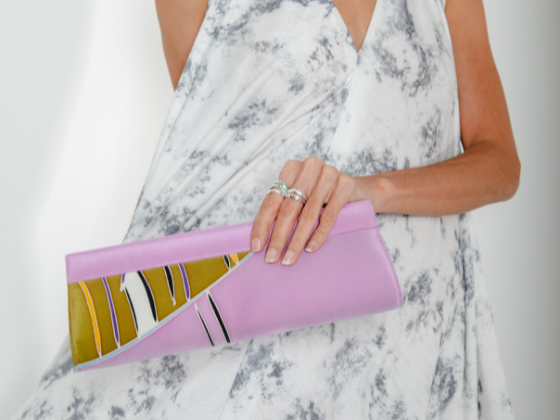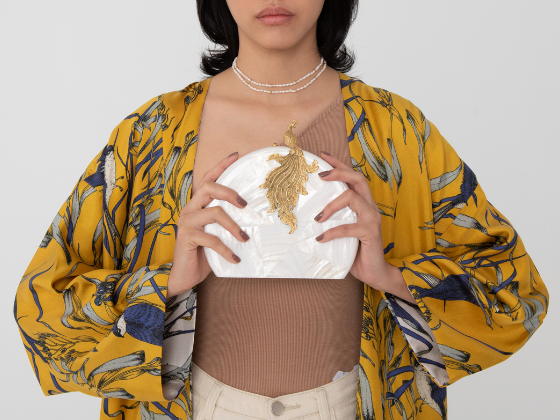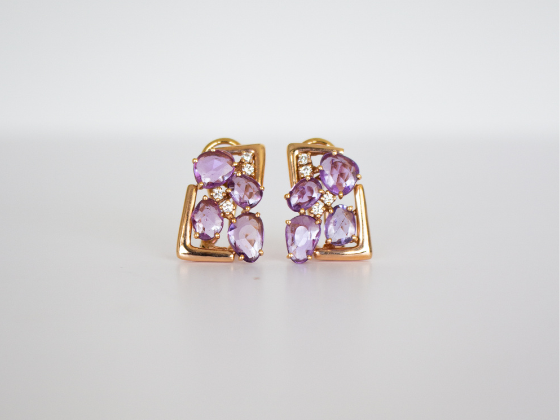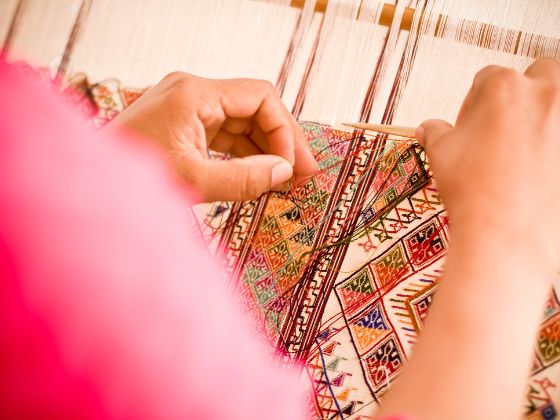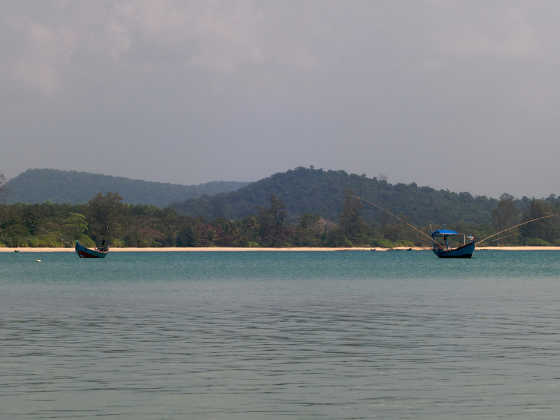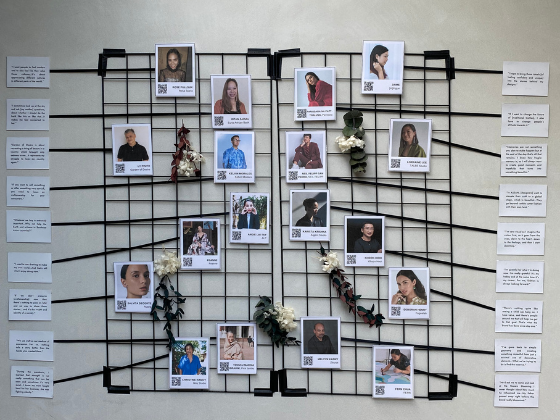By Aisha Hassan on December 2nd, 2021
Illustrating paradise
From Visayan leopard cats to anahaw palm leaves, Feanne’s work teems with tropical life. The Filipino artist, whose work has been turned into interiors as well as apparel, has been fascinated with botanical and animal drawings since she was a child. “I would be very inspired watching the Discovery Channel, National Geographic, and nature documentaries,” Feanne says. “I’d draw all sorts of animals, like sharks and wolves, as well as fantasy animals like unicorns.”
Today, Feanne’s work often portrays stylized flora and fauna from the Philippines, and she has no trouble drawing inspiration from its rich natural resources. “Being an archipelago and biodiversity hotspot, it’s really good anywhere,” Feanne says.
Across Feanne’s kimonos and scarves, you can almost see the country’s lush terrain unfold. Abaca, a local hemp used for traditional textiles, for instance, can be seen in the Tropical Foliage Silk Kimono with shades of emerald and jade. Another example is the Tropical Egrets Kimono Jacket, where Egret birds, commonly sighted alongside Philippine water buffalos, fly across the cotton fabric. During the pandemic, when Feanne was confined to metro Manila and deprived of greenery and wildlife, her illustrations were transportive.
“You just try to travel in your mind,” Feanne says.
Drawing the vision
Each one of Feanne’s fabric print designs are original artworks and hand-drawn. She actually began turning her art into apparel after someone plagiarized her illustrations for a t-shirt design competition...and won. Since then, Feanne has battled many copyright infringement issues, including with notable UK brand Rixo, but it hasn’t dissuaded her from sharing her art. “If you’re going to show your work to the world there’s a chance someone will steal it,” Feanne says. “It’s part of the risk...It’s important to understand copyright law and how it applies in different countries.”
Considering the sheer amount of detail in Feanne’s work — like a rooster fight depicted as a dance, or endangered tamaraw buffalos rendered in peach and navy — it’s unsurprising that people seek to imitate it. It can take Feanne a month just to finalize a print illustration. While she previously worked with ink and paper before scanning her illustrations, today Feanne prefers to begin digitally instead. She uses an Apple Pencil to draw the design before harnessing different softwares to experiment and then optimize the design for use on fabric. Actually transposing the illustration onto fabric, however, needs a human touch.
Crafting it right
“There are many things you can’t replicate from the screen,” Feanne says. This ranges from variations in pigmentation because no base fabric is ever perfectly white, or a loss of clarity. “Your pixels are the fibers used in the fabric, and it’s not quite as high resolution as it is on paper [or the screen],” Feanne explains. Getting the printing right is an adventure in trial and error, as is perfecting the tailoring with the one seamstress she works with in the Philippines. In addition to the month it takes for refining the artwork, fabric production can take up to six weeks, and garment production can take up to two.
This arduous process, however, is part of why Feanne’s exquisite pieces can only be made in small quantities and are all the more special for it. From the rich coloration of the textiles to functional design details — like the kimonos being fully reversible or having pockets on both sides — Feanne’s pieces are made to stand out and made to last. And the vibrant illustrations, indicative of her creative mind at work, remain one of the most striking features of all.
“I used to use drawing to make my own world,” Feanne says. “And that’s still what I enjoy doing now.”
ABOUT THE AUTHOR
Aisha Hassan is a writer, journalist, and co-founder of Dia. Previously, Aisha worked for Quartz in New York and Harper’s Bazaar in Malaysia. Her fiction has been published in international literary magazines. She has a bachelor’s degree in English Language & Literature from the University of Oxford, and a master’s degree from Columbia’s Graduate School of Journalism.

